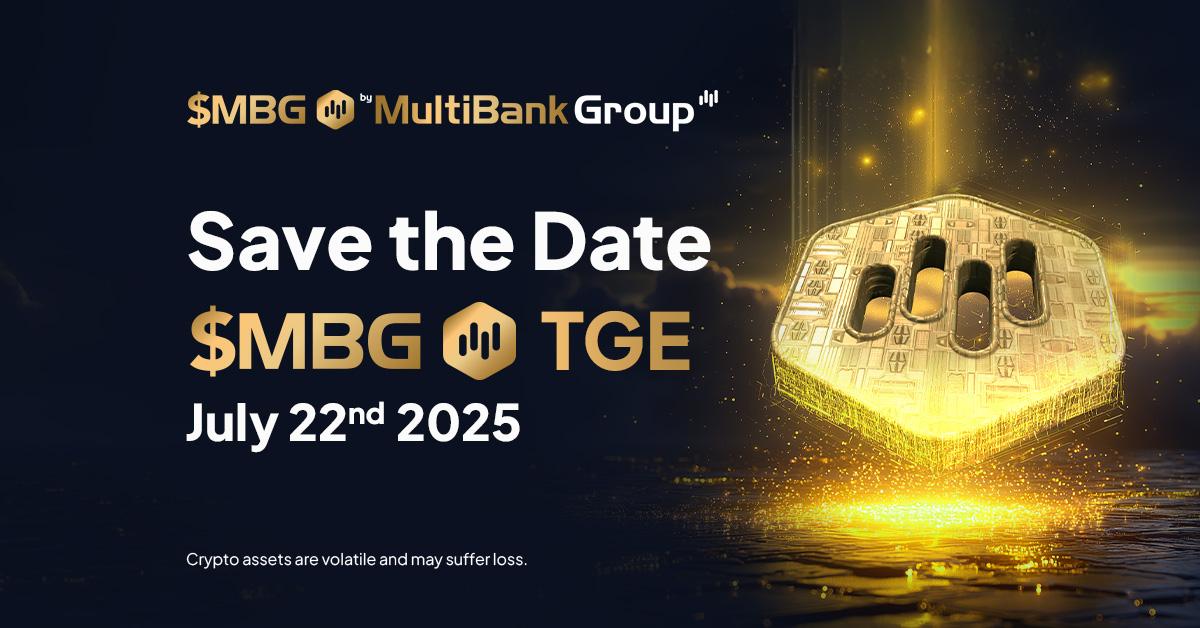The Web3 Foundation is an organization dedicated to advancing the development of decentralized web software protocols. In order to understand the role of the Web3 Foundation, it’s important to first understand the concept of decentralization in the context of the internet.
In a centralized system, such as the traditional internet, power and control are concentrated in the hands of a few entities, such as corporations or governments. This centralization often leads to issues such as censorship, data breaches, and lack of user control over personal information.
The Web3 Foundation aims to address these issues by promoting the development and adoption of decentralized web protocols. These protocols utilize cryptographic methods to ensure decentralization, which is essential for the stability and growth of the Web3 ecosystem.
The foundation is led by a council composed of Dr. Gavin Wood, the founder of the Web3 Foundation, along with Dr. Aeron Buchanan and Reto Trinkler. Together, they guide the foundation’s efforts to advance the development of Web 3.0.
So, what exactly is Web 3.0? Web 3.0, also known as the decentralized web, aims to create a more open, transparent, and user-centric internet. It envisions a future where individuals have control over their personal data and identity, where global transactions are secure, and where the exchange of information and value is decentralized.
The technology stack of Web 3.0 consists of multiple layers, each serving a different purpose. At the highest layer, we have Layer 4, which encompasses the browser. The browser serves as the protocol-extensible user-interface framework, allowing users to interact with decentralized applications (dApps) built on top of Web 3.0 protocols.
Below the browser, we have Layer 3, which includes protocol-extensible developer APIs and languages. These APIs and languages enable developers to build dApps that leverage the features and functionalities of Web 3.0 protocols. Examples of these protocols include Ethereum, Polkadot, and Filecoin.
Moving down the stack, we have Layer 2, which consists of various components such as state channels, plasma protocols, encrypted storage, heavy computation, distributed secret management, and oracles. These components provide additional capabilities and scalability solutions for dApps.
At the base of the stack, we have Layer 1, which encompasses zero or low trust interaction protocols like Bitcoin (BTC) or Ethereum (ETH). These protocols form the foundation of the Web 3.0 ecosystem and enable trustless and secure transactions.
Lastly, we have Layer 0, which includes zero or low trust meta protocols. Meta protocols like Polkadot serve as the glue that connects different blockchain networks, allowing them to interoperate and share resources. Additionally, Layer 0 includes peer-to-peer (P2P) internet overlay protocols and a platform for natural language, further enhancing the capabilities of Web 3.0.
By promoting the development and adoption of these decentralized web protocols, the Web3 Foundation aims to create a more inclusive and empowering internet ecosystem. It envisions a future where individuals have greater control over their digital lives and where the benefits of the internet are distributed more evenly among its users.
In summary, the Web3 Foundation is a crucial organization in the advancement of Web 3.0 and the decentralized web. Through its efforts, it aims to create an internet where individuals have ownership of their data, where global transactions are secure, and where the exchange of information and value is decentralized.















